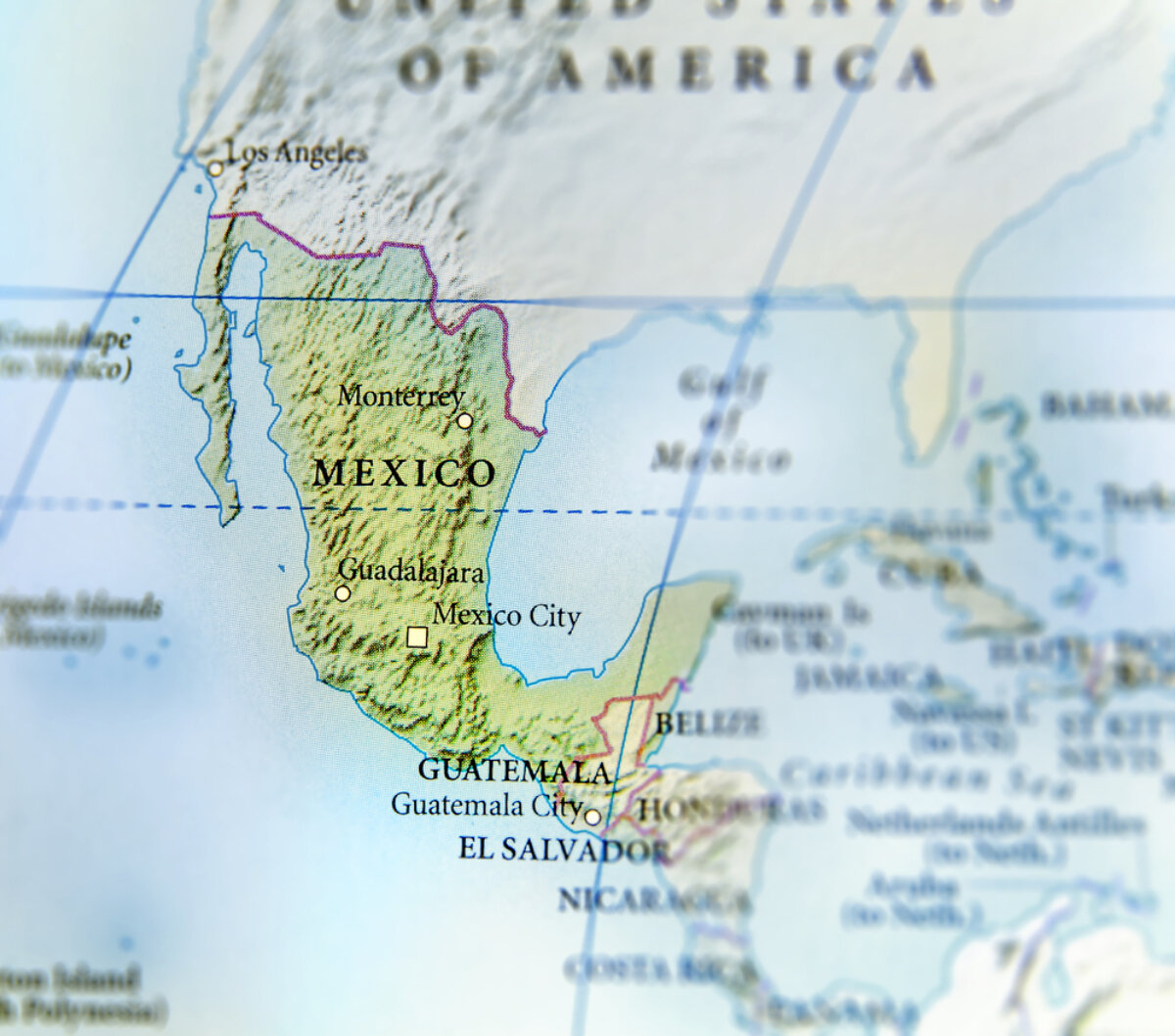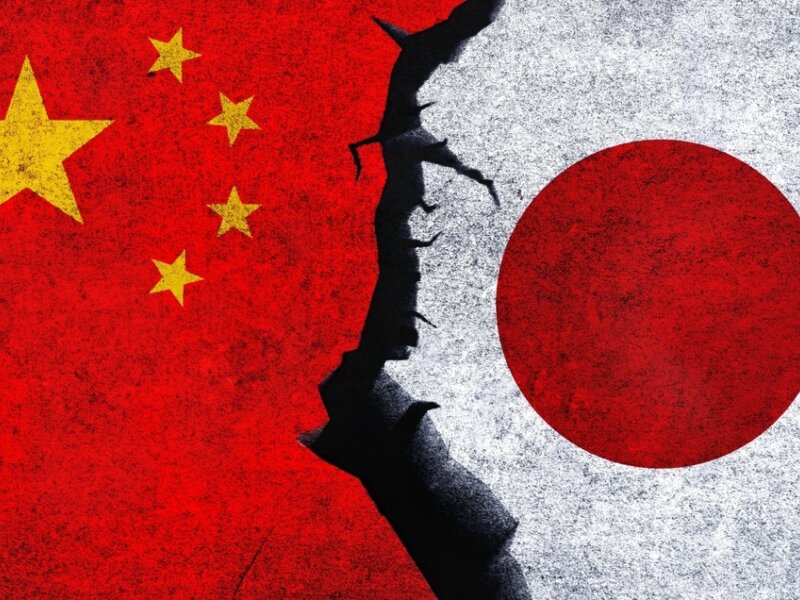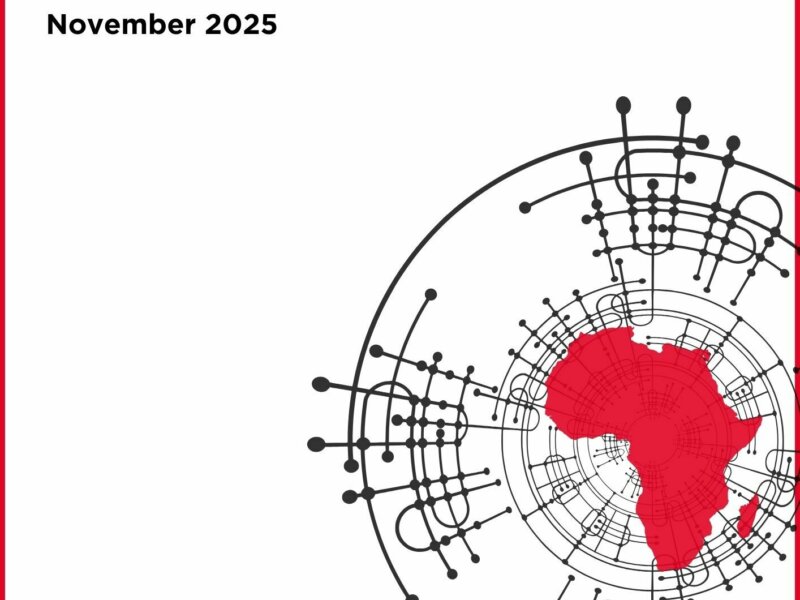Shifting Dynamics in Mexico’s Criminal Underworld
The fracture within the Sinaloa cartel and the pressures from Washington are reshaping the map of criminal power and putting President Sheinbaum’s administration to the test.

The Chapitos, one of the two main factions of the Sinaloa cartel, have formed an unprecedented alliance with a former rival: the Jalisco New Generation Cartel (CJNG). This development comes amid a violent internal war within the Sinaloa cartel, pitting the Chapitos against the Mayo faction, a conflict that has fueled a sharp rise in violence and civilian casualties in recent months. Strained by financial losses and weakened by sustained attacks, the Chapitos have turned to the CJNG for weapons and manpower, reportedly offering access to key trafficking routes in return, a move widely seen as a sign of desperation. The alliance could significantly alter the balance of power within Mexico’s criminal underworld, potentially accelerating the CJNG’s emergence as one of the world’s most powerful criminal networks.
The internal feud within the Sinaloa cartel escalated sharply in July 2024, following a significant act of betrayal: one of the Chapitos, under the pretext of initiating negotiations, lured El Mayo onto a plane and covertly transferred him to El Paso, where he was apprehended by U.S. authorities. While tensions between the factions had long existed, exacerbated by the cartel’s loose, franchise-like structure, disputes were historically managed through high-level dialogue. El Mayo himself had long played a central role as mediator and guarantor of internal cohesion. His removal marks a turning point. With both of the cartel’s founding leaders now imprisoned in the United States, El Chapo having been extradited in 2017 after multiple successful escapes from Mexican high-security prisons, the younger generation appears increasingly unwilling to uphold traditional norms of balance and internal governance. The betrayal of El Mayo, viewed by many within the organization as a grave violation of honor, has further deepened the rift and undermined long-standing mechanisms of conflict resolution.
The open conflict that followed has spread across several areas traditionally controlled by the Sinaloa cartel, including the previously relatively stable state of Sinaloa itself. Each faction is pursuing distinct territorial objectives: the Chapitos aim to expand their control over rural areas, while the Mayo faction seeks to assert dominance over urban centers long held by their rivals. A central point of contention lies in securing key trafficking routes to the U.S. border and the strategic “plazas” that line them, essential corridors for the production and smuggling of fentanyl, the cartel’s primary source of revenue.
The consequences for the civilian population have been severe. Historically, internal cartel conflicts operated under informal rules of engagement that discouraged violence against civilians, even those with indirect ties to rival groups, and sought to minimize urban bloodshed. These norms stemmed partly from a code of honor, but also from a pragmatic desire to avoid provoking state intervention. However, recent months have been among the bloodiest on record. In areas under Sinaloa cartel influence, including cities like Culiacán, there has been a sharp rise in targeted killings and public displays of mutilated bodies, intended as warnings to rivals. The violence has also extended to individuals loosely associated with enemy factions, including social media influencers and relatives of cartel members. The climate of fear has led to widespread self-imposed curfews, and local economies are experiencing steady decline.
The internal feud within the Sinaloa cartel has triggered broader shifts in Mexico’s criminal landscape, as rival groups, both smaller local factions and larger organizations such as the CJNG, have moved to exploit the evolving circumstances. This has altered the balance of power across various regions, with the CJNG emerging as a primary beneficiary. Its recent alliance with the Chapitos could significantly expand its territorial and operational reach. Until now, the CJNG’s activities have been concentrated along Mexico’s western and eastern coasts, with a focus on trafficking plant-based narcotics such as cocaine and heroin, particularly to European markets. In contrast, the Sinaloa cartel, especially under the leadership of the Chapitos, has prioritized the synthesis and trafficking of fentanyl to the United States, a strategy developed in the aftermath of the opioid crisis. By integrating the Chapitos’ networks and technical expertise, the CJNG stands to diversify its operations and extend its influence into the lucrative fentanyl trade. The controversial nature of the alliance is underscored by the protracted negotiations that preceded it, reflecting deep mistrust and conflicting interests between the two groups. Its long-term implications remain uncertain and will take time to fully materialize.
The current evolution of cartel dynamics must also be understood within a broader political and geopolitical context, as the activities of criminal groups remain a top concern for both the Mexican and U.S. governments. President Claudia Sheinbaum took office in October 2024, just as the violent consequences of the Sinaloa cartel’s internal conflict began to unfold. Her presidency follows growing public dissatisfaction with the security strategy of her predecessor and political mentor, Andrés Manuel López Obrador (AMLO), whose “Abrazos, no balazos” (“Hugs, not bullets”) approach was widely perceived as ineffective in curbing organized crime. In response, Sheinbaum pledged to pursue a more assertive strategy. She appointed her former Mexico City police chief to spearhead a national crackdown, with a particular focus on improving coordination and intelligence-sharing across federal and local security agencies, and strenghtening military control over civillian agencies. At the same time, pressure from the United States has intensified significantly with the start of Donald Trump’s second presidential term. The U.S. president has made Mexico a focal point of two of his administration’s key domestic priorities: curbing illegal migration and halting the flow of fentanyl into the United States. Trump has gone as far as to accuse Mexican authorities of colluding with organized crime and participating in what he alleges is a Chinese-backed plot to poison Americans through fentanyl. From a legislative standpoint, the administration’s decision to designate Mexican cartels, including the Sinaloa cartel and the CJNG, as Foreign Terrorist Organizations (FTOs) marked a major escalation. This move has not only heightened diplomatic tensions but also provided a potential legal basis for more aggressive measures. Among these, Trump has floated the idea of unilateral military actions on Mexican soil, including drone strikes, while simultaneously pressuring Sheinbaum’s government through the deployment of U.S. troops to the border and the imposition, or threat, of trade tariffs. These combined factors have forced Mexico’s new president to treat the issue as a top national and diplomatic priority. Recent developments, notably the US strikes conducted against alleged narcotics vessels in the Caribbean and the decision to treat cartels as combatants in a “non-international armed conflict”, have further increased the political temperature in Mexico City.
President Sheinbaum has responded to U.S. pressure with a firm defense of Mexican sovereignty, while also adopting a pragmatic stance on bilateral cooperation. Her administration’s security strategy has included the deployment of thousands of troops to areas experiencing heightened levels of violence, the intensification of targeted operations to dismantle fentanyl production labs, and a systematic campaign to arrest cartel leaders, often in coordination with U.S. authorities and with an increased willingness to extradite suspects to the United States. Sheinbaum’s strategy appears to echo elements of the so-called “kingpin strategy” employed by former President Felipe Calderón. That approach, centered on decapitating criminal organizations by capturing or killing their leaders, failed to dismantle cartel structures and instead contributed to their fragmentation, often resulting in greater levels of localized violence. Moreover, the effectiveness of U.S. and Mexican strategies remains constrained by deeper structural realities, most notably, the persistent demand for opioids in the United States and the decentralized, low-cost nature of synthetic drug production. These underlying dynamics continue to fuel the illicit drug trade, limiting the long-term impact of even the most aggressive law enforcement campaigns.



